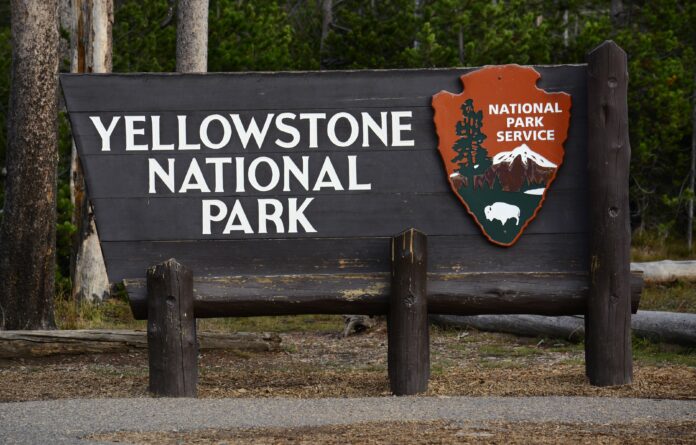A rare and fatal illness, chronic wasting disease (CWD), colloquially known as “zombie deer disease,” has been detected in Yellowstone National Park for the first time, sparking concerns among wildlife experts and conservationists.
After running multiple diagnostic tests, the National Park Service confirmed the presence of the disease in an adult mule deer found near Yellowstone Lake. The deer was part of a population study by Wyoming’s Game and Fish Department and had been fitted with a GPS collar.
“CWD is a contagious, fatal disease of deer, elk and moose caused by a malformed protein [prion] for which there is no vaccine or known treatment,” the National Park Service wrote in a statement.
The malformed protein builds up in the brain and other tissues causing psychological and behavioral changes, like excessive drooling, listlessness, weight loss and eventual death. The disease, which impacts the central nervous system, can take more than a year to manifest visible symptoms in animals.
Robert Alexander/Getty Images
The disease has been found in animal populations in at least 31 U.S. states, Canada, Norway, Finland, Sweden and South Korea, according to the U.S. Centers for Disease Control and Prevention (CDC).
There have been no reported cases of infection in humans, however, “because of the long time it takes before any symptoms of disease appear, scientists expect the [CWD transmission] study to take many years before they will determine what the risk, if any, of CWD is to people,” the CDC said.
The CDC recommends that hunters remain cautious and test the deer or elk meat for CDW before consuming.
The contagious disease is transmitted via bodily fluids and waste, including saliva, urine, feces, and contaminated soil.
“Experts believe CWD prions can remain in the environment for a long time, so other animals can contract CWD from the environment even after an infected deer or elk has died,” the CDC said.
Once established in an area, “there is currently no effective strategy to eradicate it,” the National Park Service said. Therefore, the disease poses a significant challenge to wildlife management.
The National Park Service is working with other agencies to identify at-risk areas and is increasing monitoring and sample testing. Yellowstone is updating its surveillance plan, as well. In the meantime, the park has warned visitors to stay away from wildlife.
Uncommon Knowledge
Newsweek is committed to challenging conventional wisdom and finding connections in the search for common ground.
Newsweek is committed to challenging conventional wisdom and finding connections in the search for common ground.


